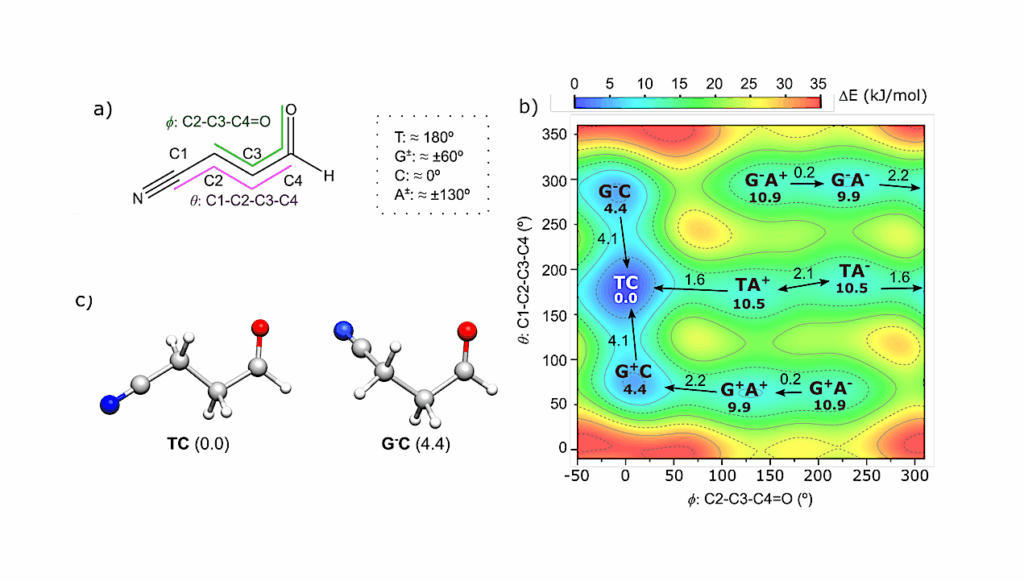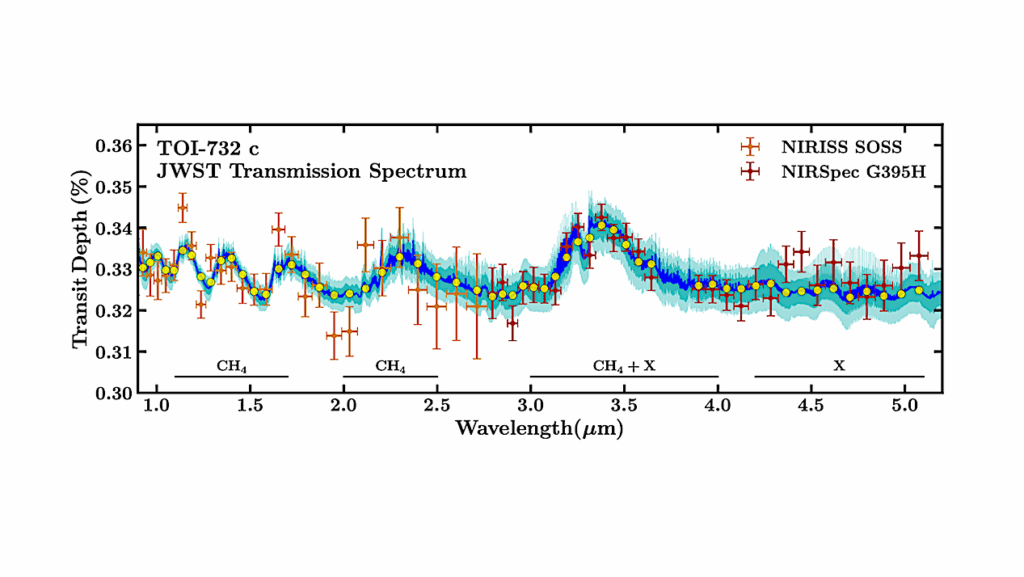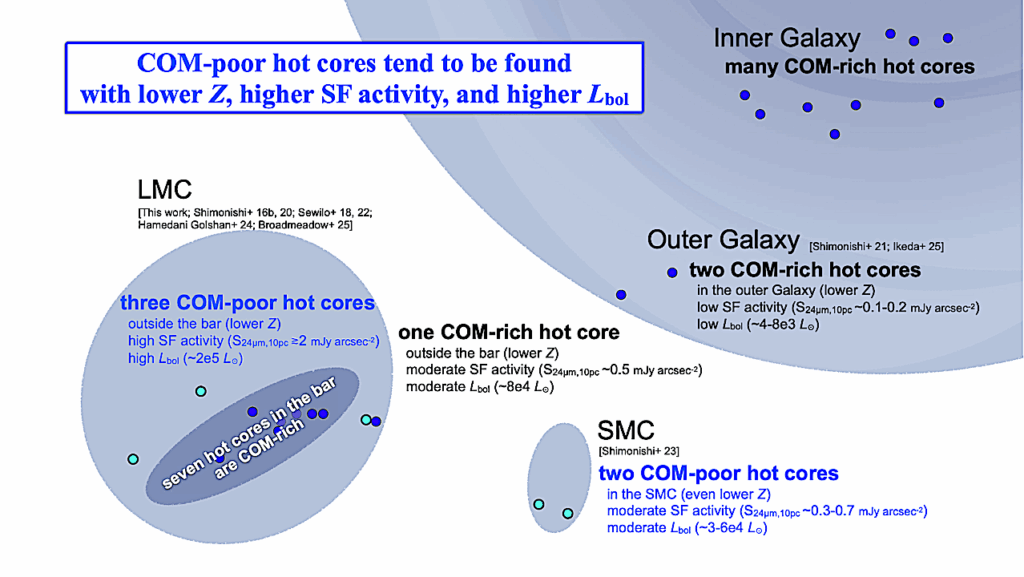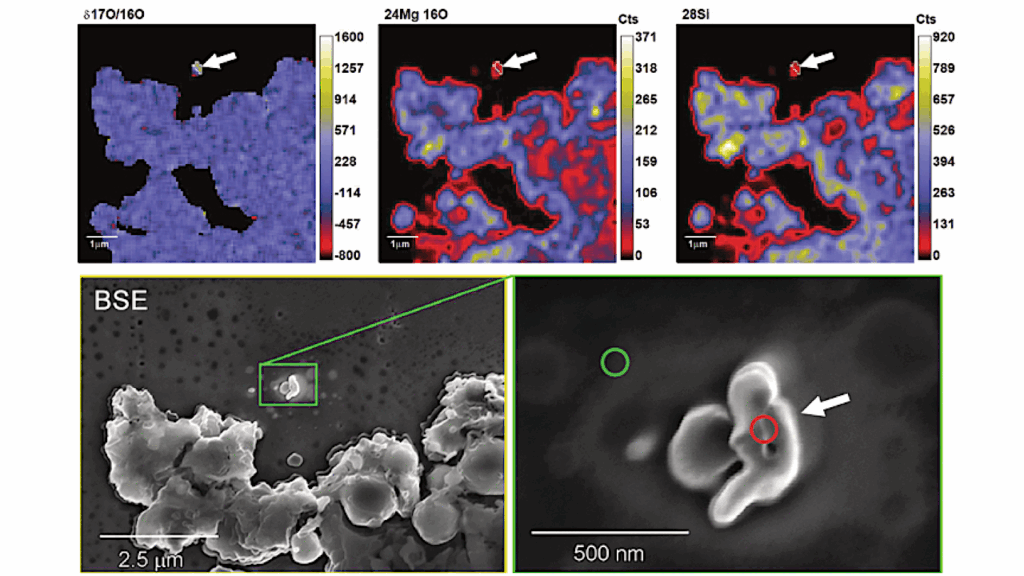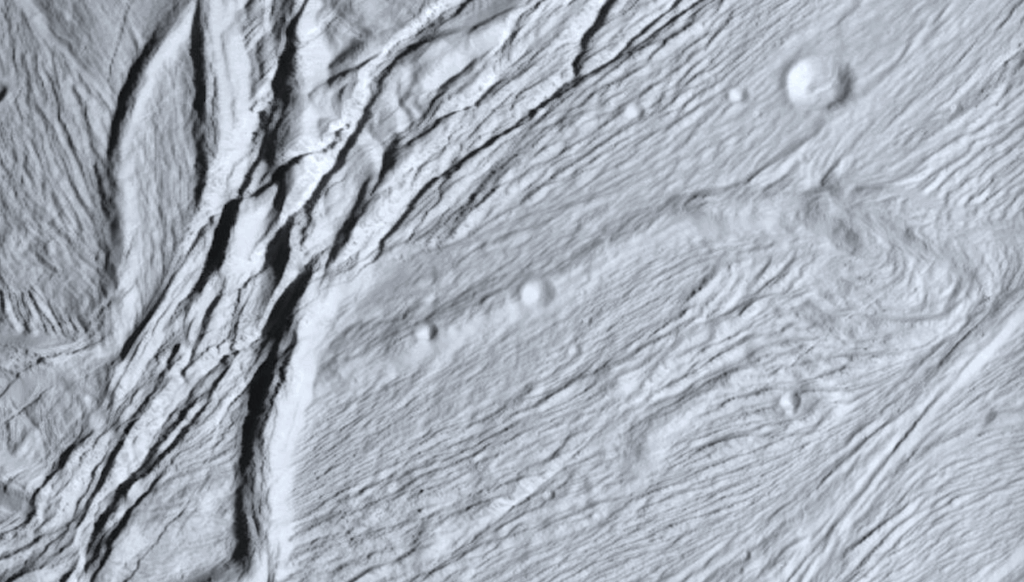Deuterated Polycyclic Aromatic Hydrocarbons in the Interstellar Medium: Constraints from the Orion Bar as Observed by the James Webb Space Telescope

The gas-phase abundances of deuterium (D) in the local interstellar medium (ISM) exhibit considerable regional variations. Particularly, in some regions the gas-phase D abundances are substantially lower than the primordial D abundance generated in the Big Bang, after subtracting the astration reduction caused by the Galactic chemical evolution.
Deuterated polycyclic aromatic hydrocarbon (PAH) molecules have been suggested as a potential reservoir of the D atoms missing from the gas-phase. Recent observations from the James Webb Space Telescope’s Near Infrared Spectrograph have revealed the widespread of deuterated PAHs in the Orion Bar through their aliphatic C–D emission at 4.65μm and possibly aromatic C–D emission at 4.4μm as well.
To examine the viability of deuterated PAHs as the D reservoir, we model the infrared (IR) emission spectra of small PAH molecules containing various aromatic and aliphatic D atoms in the Orion Bar. We find that small deuterated PAHs exhibit a noticeable emission band at 4.4 or 4.65μm even if they contain only one aromatic or aliphatic D atom. We derive ND,ali/NH≈3.4%, the deuteration degree of PAHs measured as the number of aliphatic D atoms (relative to H), from the observed intensity ratios of the 4.65μm band to the 3.3μm aromatic C–H band.
The deuteration degree for aromatically-deuterated PAHs is less certain as C–N stretch also contributes to the observed emission around 4.4μm. If we attribute it exclusively to aromatic C–D, we derive an upper limit of ≈14% on the deuteration degree, which is capable of accounting for an appreciable fraction of the missing D budget.
Xuejuan Yang, Aigen Li
Comments: 21 pages, 1 table, 7 figures, accepted for publication in ApJ
Subjects: Astrophysics of Galaxies (astro-ph.GA)
Cite as: arXiv:2503.02204 [astro-ph.GA] (or arXiv:2503.02204v1 [astro-ph.GA] for this version)
https://doi.org/10.48550/arXiv.2503.02204
Focus to learn more
Submission history
From: Xuejuan Yang
[v1] Tue, 4 Mar 2025 02:34:18 UTC (4,105 KB)
https://arxiv.org/abs/2503.02204
Astrobiology, Astrochemistry,



